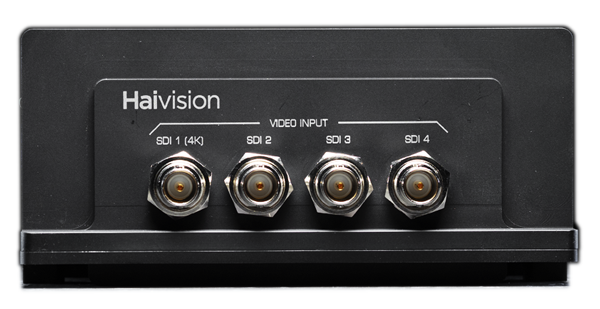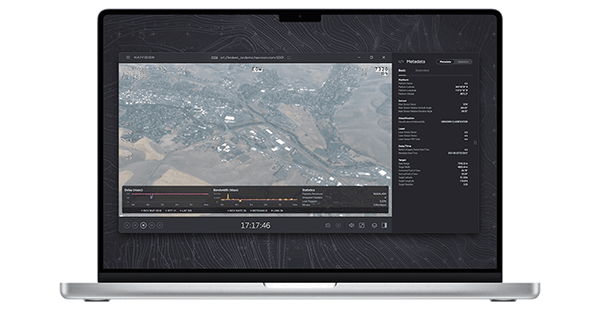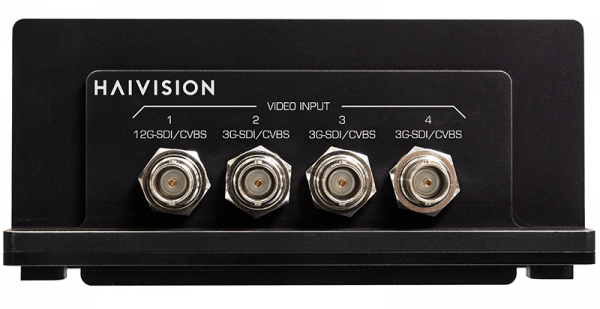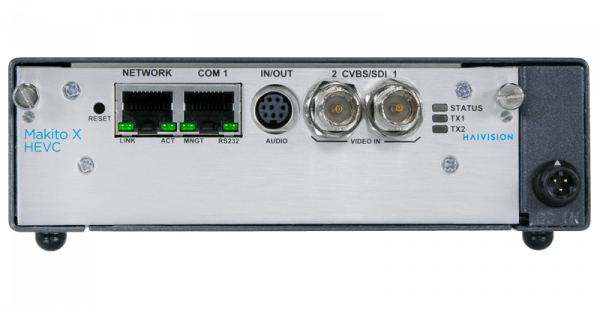Everyone is a broadcaster. Even your organization.
Some organizations might not believe that advances and changes in the broadcast world are relevant to them, but many of those same organizations have been employing broadcast technology for their corporate communications for years.
For businesses with multiple offices, using broadcast technology to share all-hands updates, or internal announcements has been an important part of keeping their employees informed and engaged. And over the last year, the importance of broadcast technology in the business world became even more pronounced as travel was shut down and more people than ever began to work from home.
Furthermore, those responsible for internal business communications have the same concerns as broadcasters: quality, production feasibility, and security.
Quality
Your employees expect a certain level of quality and professionalism from your corporate communications. With the increasing quality of consumer-level products, including phone cameras, those expectations are rising.
By using the right streaming tools, you can make sure that your team is focused on the content of your message, and not distracted by quality issues like dropped pixels, delays (latency), or choppy frames. These are the same concerns that broadcasters have – which is why many corporate communications teams are mindful of the technology and techniques that broadcasters are using to overcome those challenges and provide a great viewing experience.
Production Feasibility
Remote production and remote contribution have been popular terms in the broadcast industry for some time; it has helped to cut down on travel cost and time as well as free up staff to work on more projects. Over the last year, the popularity of remote production and remote contribution has expanded considerably in response to travel bans and capacity restrictions.
With more people working from home, and travel between cities interrupted, many businesses are learning from broadcasters to use remote contribution methods to capture footage of executive addresses and important events; this has allowed them to deliver a level of quality that their team can be proud of.
Security
When streaming your internal communications and events, one of the foremost concerns is security. You want to make sure that only authorized persons are able to watch your internal videos, but still make them accessible to your team when they’re watching at home, or while traveling.
To address this, many organizations have turned to enterprise-focused solutions like Haivision Media Platform, which adheres to STIG and NIST security frameworks, while integrating with LDAP, Active Directory, and Single Sign On (SSO) workflows. These organizations also want to make sure that their streams are secure while in transport, a concern especially shared by broadcasters. Fortunately, using the open-source SRT streaming protocol, developed for broadcast, ensures that organizations keep their streams secure from end to end, with its AES 128/256-bit encryption.
The advances in broadcast technology are helping corporate communications teams to overcome their challenges, as well as raising the expectations that their employees have. Want to learn how your team can stay ahead of curve? Download the Haivision Broadcast IP Transformation Report 2021 and explore the current challenges, evolving technologies, and upcoming trends in the broadcast world – and how they will affect all those who use broadcast technology.




























